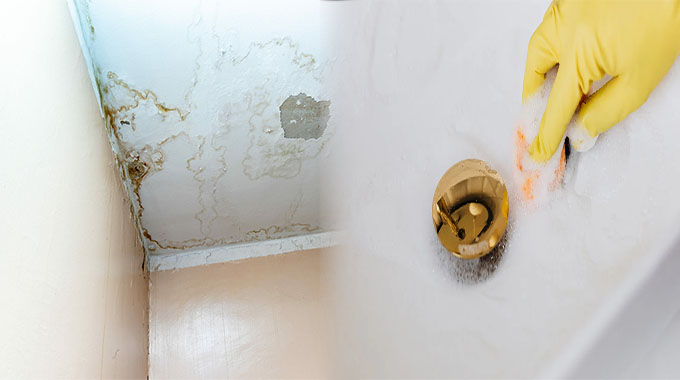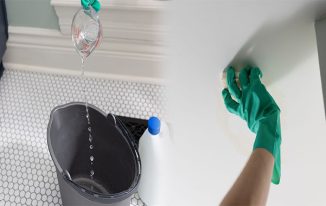Water stains on ceilings can be a common and frustrating issue for homeowners. Whether caused by a leaky roof, plumbing issues, or condensation, these stains not only affect the aesthetics of the ceiling but also indicate underlying problems. In this article, we will discuss preventive measures to avoid water stains on ceilings and DIY solutions for removing existing stains.
Preventive Measures
1. Regular Inspection
Perform regular inspections of your roof and plumbing systems to identify and address any potential leaks or issues promptly. Early detection can prevent water from seeping into the ceiling and causing stains.
2. Proper Ventilation
Ensure proper ventilation in areas prone to excess moisture, such as bathrooms, kitchens, and basements. Proper ventilation can help mitigate condensation, which can lead to water stains on ceilings.
3. Roof Maintenance
Maintain your roof by repairing damaged shingles, addressing flashing issues, and clearing debris from gutters. A well-maintained roof is less likely to develop leaks that result in water stains on ceilings.
4. Plumbing Inspections
Regularly inspect and maintain your plumbing system, including checking for leaks, repairing any damaged pipes, and addressing any signs of water damage promptly.
5. Addressing Condensation
Use dehumidifiers in areas with high humidity levels to reduce condensation, which can contribute to water stains on ceilings. Additionally, ensure proper insulation to prevent warm, moist air from coming into contact with cooler surfaces.
DIY Solutions for Water Stain Removal
1. Identify and Fix the Source
Before addressing the stain directly, it is essential to identify and fix the source of the water leakage to prevent further damage. This may involve repairing a leaky roof, fixing plumbing issues, or addressing condensation problems.
2. Clean the Stained Area
To clean the stained area, mix a solution of water and mild detergent. Gently scrub the stained area with a soft sponge or cloth to remove any surface dirt or discoloration. Avoid using harsh cleaning products, as they may damage the ceiling surface.
3. Apply Bleach Solution
For stubborn water stains, mix a solution of one part bleach to five parts water. Test the solution on a small, inconspicuous area of the ceiling first to ensure it does not cause any damage. If safe, lightly dab the bleach solution onto the water stain and let it sit for a few minutes before gently rinsing the area with clean water.
4. Use Stain-blocking Primer
After the stained area has dried, apply a stain-blocking primer to prevent the stain from bleeding through when the ceiling is re-painted. This primer will also help seal the affected area and provide a clean surface for re-finishing.
5. Repainting the Ceiling
Once the stained area has been treated and primed, repaint the affected section of the ceiling to restore its appearance. Choose a paint color that matches the existing ceiling color and apply a smooth, even coat to blend with the surrounding area.
Taking preventive measures such as regular inspections, proper ventilation, roof maintenance, plumbing inspections, and addressing condensation can help avoid water stains on ceilings. Additionally, DIY solutions for water stain removal involve identifying and fixing the source of the leak, cleaning the stained area, applying a bleach solution, using a stain-blocking primer, and repainting the ceiling. By implementing these measures and solutions, homeowners can effectively manage and prevent water stains on their ceilings, ensuring a clean and well-maintained living space.














